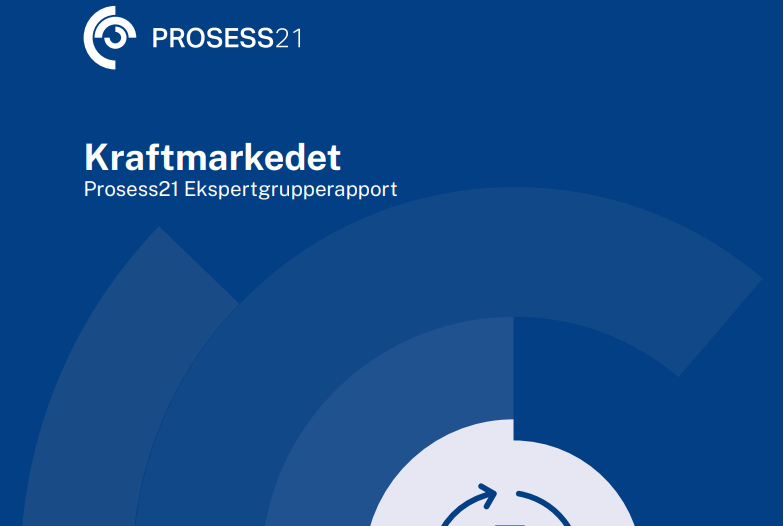Prosess21: Power market expert group report
This study, carried out using the BID3 model, examines how new technologies, increasing consumption and chnages in production may shape the Nordic power market, and the impact on industry
Hydro-electricity was the enabler for manufacturing industry development in Norway, an industry which has since grown in size and stature. It is well-established even though most industrial products made in Norway are sold on competitive global markets where most competitors benefit from various subsidies not permissible in Norway and the EU. What enables the manufacturing industry to stay and thrive is a set of competitive advantages not available elsewhere. Access to renewable electricity at relatively low prices is the most important one.
Hydropower plants in particular, some still in operation after 100 years, is why Norway remains host to many industry facilities. Hydropower is renewable, flexible and, if there is plenty water available, cheap.For the past 20 years electricity generation in Norway has exceeded demand. This is good for the manufacturing industry.
When there is a surplus of generation, and the hydropower magazine filling is high, the water in the magazines is less valuable and the electricity is bid to the markets at lower prices. The larger the surplus, the lower the price. Most Norwegian hydropower magazines are single-year and cannot store large volumes of water for multiple years. When magazines are full, more surplus electricity must be exported on interconnectors that can transmit both ways. The more the interconnectors are used to export, the more exports effectively have to out-compete imports. For this to happen, Norwegian electricity prices must be lower than those abroad.
Key recommendations from the study included:
Maintaining a power surplus in Norway is crucial for maintaining competitive power prices; generation from hydropower and wind-power must be allowed to grow if commercial conditions and environmental considerations permit
• Close co-operation in the Nordic power market must continue to keep both power prices and other system costs at the lowest possible level
• Benefits of interconnectors must be carefully weighed against other consequences for power consumers and the power system in general
• The manufacturing industry’s grid tariffs need to be more predictable, cost-reflective and consider the value that large power consumers provide to grid developments and operations
• The carbon compensation scheme must be continued and designed in a way that compensates the manufacturing industry's actual indirect costs and properly mitigates carbon leakage risk
• The guarantees of origin scheme must stop confusing trade of financial instruments with actual consumption of emission-free electricity



